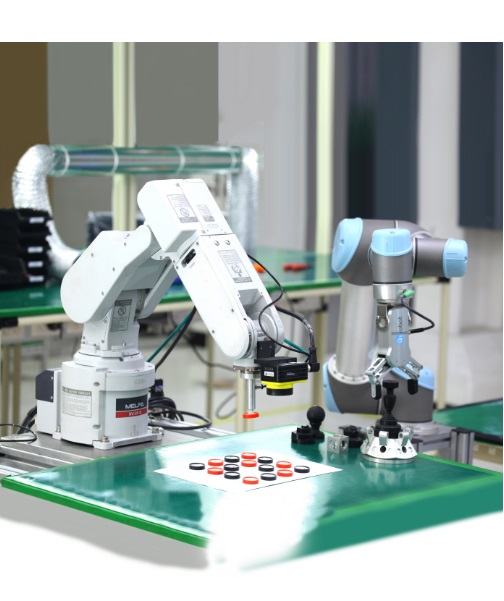Predictions for the Future of Global Manufacturing Industry

July 26,2019,Philippines—Heading on to the final years of the decade and continuously moving towards the future, the role and processes of the global manufacturing industry are becoming more and more dynamic than yesterday’s. New global consuming classes that are starting to emerge in many developing nations are demanding for better manufacturing techniques and technologies which are causing significant changes in the way the global manufacturing industry operates.
With the rapid technological advancements that heavily influence the industry and the world at large, here are four predictions for the future of global manufacturing industry.
Prediction #1: More manufacturers will depend on embedded intelligence to automate large-scale processes and speed execution.
Already at the stage of transitioning and utilizing more digital technology, it is not a wild guess that more global manufacturing providers will depend on embedded intelligence to automate their large-scale processes and speed execution in the future.
As a matter of fact, Wiley’s Chief Future Officer Brett Wiskar shares in an interview with Matthews Australasia that “the era of humans performing the heavy lifting is gone and increasingly, we see specific capital investment in an efficient future of fully mechanised product movement—regardless of where the manufacturer sits in the adoption curve.”
Internet of Things (IoT), cognitive computing, blockchain, 3D printing, robotics, and more—these technologies will be increasingly incorporated into production in the future, that is if they have not done it yet.
Prediction #2: More manufacturers will utilize VR and AR to collaborate with the consumers about their product designs.
Most manufacturers leave all the consumer-oriented efforts to their retail partners. However, the rapid technological advancements is empowering consumers to be more expressive with their demands which makes the competition within the global manufacturing industry fiercer than before.
In order to keep up with such demands, manufacturers are forced to make their product design and development, and testing functions more modern and more customer-centric with the help of assistive technologies such as Augmented Reality (AR) and Virtual Reality (VR).
Both AR and VR technology enable manufacturers and test volunteers experience a product as early as during its design phase and make modifications to enhance the user experience. By following this model, it is expected that there is at least 25% improvement in product success rates, according to International Data Corporation (IDC) Manufacturing’s report IDC Futurescape: Worldwide Manufacturing 2018 Predictions.
Prediction #3: There will be more need to integrate information technology with operational technology.
Information technology (IT) and operational technology (OT) has always had separate roles in manufacturing. Corporate-based IT refers to the development, maintenance, and use of computer software, systems, and networks. Meanwhile, production-focused OT are responsible for hardware and software that monitors and controls how physical devices perform. However, the recent introduction of more complex machinery with networked sensors and softwares has been blurring the line between them.
This change is driven by several factors which include the increasing need to apply new technologies without hindering operational effectiveness. Easier authentication of all devices and machine within the system, and encrypting all communications between the devices and machines to ensure privacy of data being transmitted are some of the good things converging of IT and OT will bring.
Prediction #4: Discussion on the pros and cons of robotics and AI will continue.
AME engineering and the global manufacturing industry at large thrive on technological advancements. However, the rapid rate at which such technological advancements are being developed and introduced to the industry and the public also poses some concerns to some people.
Discussion on the pros and cons of robotics and artificial intelligence (AI) to the global manufacturing industry has been going on for the longest time. It is without a doubt that they are very helpful in increasing the efficiency and accuracy in production, as well as reducing the chance of making mistakes. However, the growing dependence of the industry to such technology as we move closer to the future also raises concerns that it will take away jobs from humans and will increase costs especially for robot maintenance.
Following the speed of technological changes and improvements, we can expect that these predictions for the future of the global manufacturing industry are already on the works today, and its results will be apparent in the immediate future.
Other Blog



